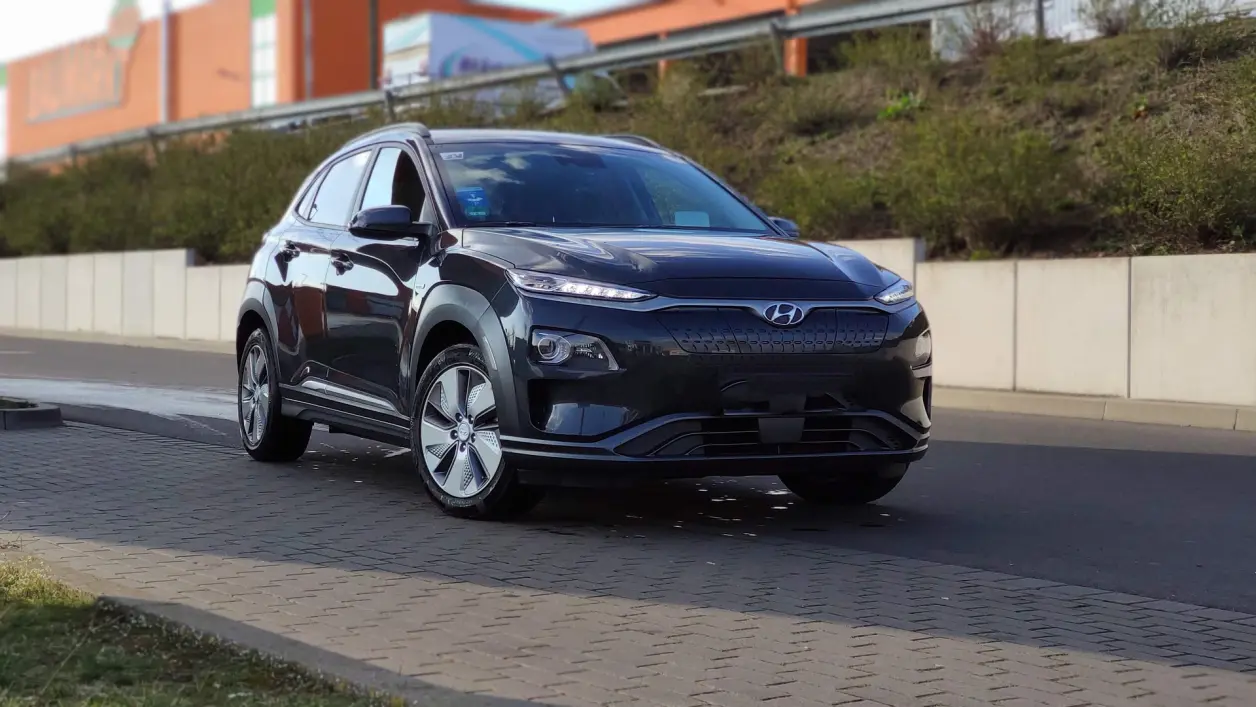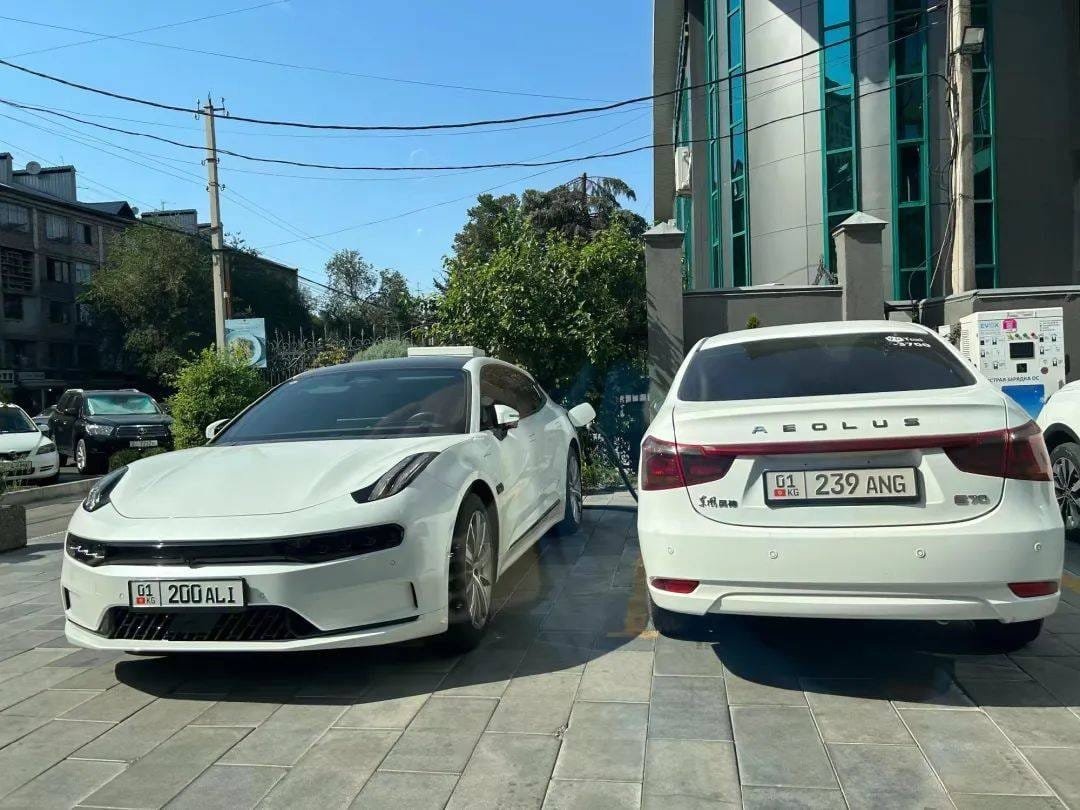Gazprom Neft Management Committee Chairman Gyukov announced that the number of electric vehicle charging piles at the company’s gas stations will more than double by 2025, from the current 65 to 140. He said the company’s charging business is already profitable and believes the charging market will continue to expand with the growing number of electric vehicles.
Infrastructure challenges
Experts believe that the lack of infrastructure makes it difficult for electric cars to grow rapidly in Russia. In an interview with Rossiyskaya Gazeta, Stankovich, deputy chairman of the Russian State Duma’s Energy Committee, said that world experience proves that to promote the popularization of electric vehicles, a network of charging stations covering a wide range of areas should be constructed early, otherwise it will be difficult to increase consumers’ willingness to buy cars.
As of the end of June, there were 7,410 charging piles in Russia, of which 65.5% were slow chargers (AC), which take five hours to charge, and 34.5% were fast chargers (DC), which take up to 1.5 hours to charge, according to Autostat, an analyzer of Russia’s automotive market. According to statistics from Russia’s Ministry of Economic Development, these charging piles serve 52,000 purely electric vehicles, counting hybrid cars, with an average of 12 vehicles served by each charging pile. While the world’s average pile ratio is 10 to 1, the fastest growing electric transportation in China is 8 to 1. It is expected that by the end of the year, Russia’s pile ratio will drop to 14 to 1. Experts believe that due to Russia’s large size and low population density, the pile ratio should be lower than that of China.
Electric transportation in Russia is better developed in Moscow and Moscow region, St. Petersburg, Nizhny Novgorod, Krasnodar Krai, Irkutsk region, Khabarovsk Krai and Primorsky Krai. These areas are mainly large cities, where the gas stations of large oil companies can provide a wide range of services such as stores, and where it is easier to make a return on the installation and maintenance of charging piles, so the presence of charging piles is perfectly justified. However, small independent gas stations in remote areas are limited by lower average retail fuel margins and only have 1-2 electric cars charging per week, making building charging piles a burden.
Difficulty of making charging piles profitable
Stankovic, deputy chairman of the State Duma Committee on Energy, revealed that investors in charging piles have complained about the high price of connecting to the grid. in 2023 this cost has risen to 3-4 million rubles (100 rubles is about 7.3 yuan) due to the abolition of the preferential access fee. According to investors, the key factor hindering the development of the market is the low ownership of electric cars, not the low number of charging piles.
According to Gusev, Vice Chairman of the Supervisory Board of the Association “Reliable Partners” and member of the Expert Council of the “Gas Stations of Russia” competition, it is too early to talk about the profitability of charging piles, which is an investment for the future, but it is not yet clear how electric cars will take root in Russia. But it’s not clear how electric cars will take root in Russia. It is likely that these electrical infrastructures will be an intermediate transitional stage for the next generation of fuel or combination engines. Thus, from a business perspective, the role of charging posts is more of a decorative corporate image aimed at making gas stations full-service.
Kazachkov, head of the Transportation Business Cooperation Practice at Russian audit and consulting firm Kept, agrees that one can only talk about charging post operational returns now, i.e., recovering operating and maintenance costs. Since electric car owners spend several times as much time at gas stations as fuel vehicle owners, charging post profitability depends on their utilization rate, as well as on additional spending by drivers at gas stations.

Electric cars are sold at high prices
State support measures for the construction of charging piles are now in place in Russia. Stankovich said that since 2022 12 pilot regions in Russia have been granting subsidies for charging pile construction under the state program, up to 60% of the cost, but not more than 1.86 million rubles.
In addition, state support measures include subsidies for EV purchases, preferential financing leases and car loans, but the maximum subsidy amount has been reduced to 625,000 rubles in 2023 from 925,000 rubles in 2022.
Electric cars are very expensive in Russia. Kazatchkov said that electric cars now belong mainly to the high-end market with limited demand. State support measures are aimed at stimulating localization of production, but as of now, the volume of domestically produced electric cars in Russia is very small and there are not many models. Imported electric cars have become expensive due to tariffs.
In addition, there are regulatory barriers to the Russian electric car market. Revenues from paid chargers in Russia reached 2 billion rubles in 2023, said Tereshkin, general director of Open Oil Market, a trading platform for petroleum products and raw materials. Further growth of this indicator will largely depend on simplifying the process of connecting charging piles to residential buildings and updating technical standards. He believes that the national standard for charging piles, which was developed in 2013, is in urgent need of updating for a fast-growing industry.




